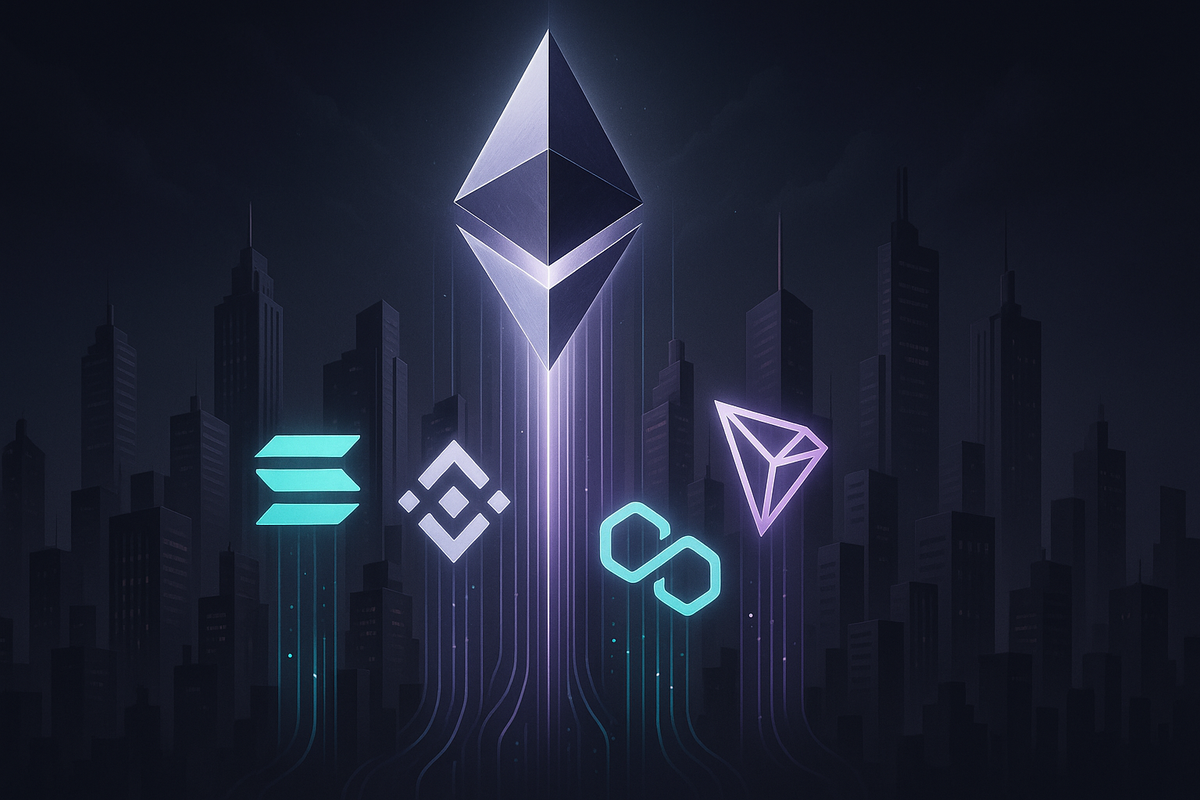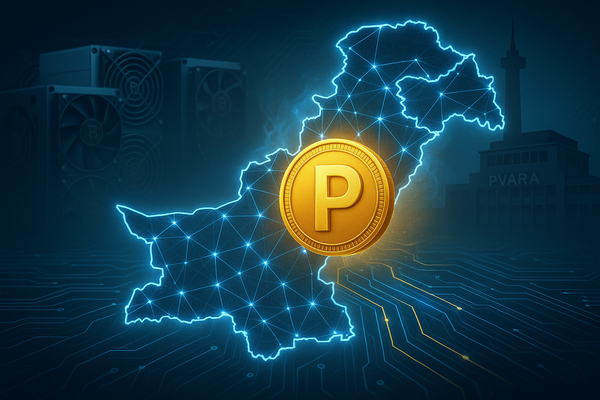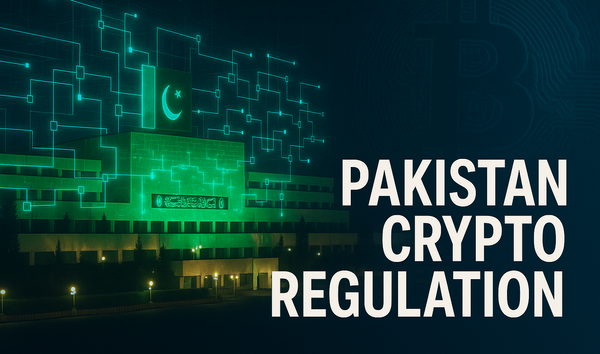Ethereum Leads the DeFi and RWA Race with the Baseline of Trust & Scale
Ethereum remains the undisputed leader in decentralized finance and real-world asset tokenization, holding the majority of global liquidity and institutional trust. As other chains like Solana and BNB Chain chase to catch up, but still not even close.

In 2025, the blockchain ecosystem continues to evolve rapidly. While early hype pushed many to bet on “Ethereum killers,” the data tells a different story: Ethereum still leads in DeFi TVL and real-world asset tokenization by a large margin. At the same time, other chains are steadily growing and filling niches of speed, interoperability, and specialized use cases.
Ethereum holds the largest share of DeFi TVL anywhere in crypto. Recent numbers show over $80-85 billion locked across DeFi applications on the chain. It is still the default for most financial applications: decentralized exchanges, lending protocols, stablecoins, and real-world assets. Its strength comes from its mature smart contract ecosystem, decentralization, and robust developer community.
When it comes to RWA assets like tokenized bonds, real estate, and money market products, Ethereum is dominant. Estimates place its RWA portfolio (including its Layer 2s) at $5.8-$7.5 billion, accounting for over 80-85% of the on-chain RWA market. Lower-fee, high-throughput chains are growing, but their RWA share remains small.
- Solana has one of the largest DeFi TVLs after Ethereum (around $10-11B), especially appealing for high-transaction volume and fast user interactions. But in RWA, it is still far behind: very modest volumes in real-world asset tokenization compared to Ethereum.
- BNB Chain and Tron remain major players in DeFi, thanks to accessible fees, large user bases, and strong token ecosystems. They have grown in TVL, but their RWA activities lag. Their strength remains in tokenized finance, yield farming, bridges, and high-throughput apps.
- Layer-2s and Other Smart Chains like zkSync, Avalanche, Polygon, and Arbitrum are showing real momentum. zkSync, for example, has emerged as a strong RWA challenger, contributing a substantial portion of the non-Ethereum share. These chains also benefit from lower gas fees, newer tooling, and specialization in specific DeFi sub-sectors.
While DeFi TVL declined from its peaks, recent months have shown increases in total multichain DeFi locking, growth in RWA, and a shift toward more sustainable tokenomics. Chains focusing only on speed or speculation suffered, while those offering utility, security, or strong developer support fared better.
Also, interest in real-world asset tokenization is rising. Because of the trust and safety needs in things like bonds or real estate, many institutions prefer chains that exhibit security and regulatory compliance. That still places Ethereum ahead, but competitors are improving.
For Pakistan’s crypto ecosystem, this trend is important. The dominance of Ethereum in DeFi and RWA suggests that any regulation, startup, or platform that wants to compete or partner globally needs to ensure compatibility with Ethereum’s infrastructure or at least with chains that follow its security & developer standards.
Pakistan’s emerging regulatory body (PVARA) and the growing interest in blockchain development mean there is space for local developers to build GameFi, tokenization, and DeFi projects, especially those that can utilize Ethereum or its Layer 2s to offer both trust and scalability.
Ethereum remains the foundation of blockchain finance in 2025, but it is no longer unchallenged. Chains like Solana, BNB, Tron, and especially Ethereum’s own Layer 2s are gaining ground. The narrative has shifted: utility, sustainable growth, interoperability, and trust matter more now than speed alone.
For investors, developers, and regulators, the message is clear: build where trust meets scale, and watch where growing chains are closing the gap.




